World coffee prices fell across all exchanges as speculative capital left the market in search of safe havens such as the US dollar and long-term US Treasury bonds, putting most commodity prices in general at a disadvantage, while the fundamentals of coffee futures markets have not changed significantly.
Domestic coffee prices have been falling continuously over the past weekend, however, they have increased quite well at the beginning of the week, at times almost reaching the 80,000 VND/kg mark. Domestic coffee prices are currently trading in the range of 77,700 - 79,000 VND/kg. Localities have recorded an increase of 1,500 - 1,800 VND/kg compared to the beginning of last week.
At the end of the trading session last weekend (February 2), the price of robusta coffee on the ICE Futures Europe London continued to decrease, the delivery period in March 2024 decreased by 50 USD, trading at 3,237 USD/ton. The delivery period in May 2024 decreased by 35 USD, trading at 3,116 USD/ton. The average trading volume was low.
Arabica coffee prices on the ICE Futures US New York exchange decreased, with the March 2024 delivery period decreasing by 2.25 cents, trading at 191.95 cents/lb. Meanwhile, the May 2024 delivery period decreased by 1.95 cents, trading at 189.00 cents/lb. Trading volume was high.
 |
| Domestic coffee prices at the close of last week (February 3) continued to decrease by 300 - 400 VND/kg in some key purchasing localities. (Source: Coffeeam) |
Overall, the price of robusta coffee increased in the first 2 sessions of the week and decreased in the last 3 sessions of the week, the increases/decreases were all slight. Robusta coffee futures for delivery in March decreased by 32 USD (0.98%) to 3,237 USD/ton, while futures for delivery in May increased by 4 USD (0.13%) to 3,116 USD/ton. Trading volume remained quite high above average .
Arabica coffee prices had 2 sessions of decline and 3 sessions of increase in the middle of the week, the declines were significant. Arabica coffee futures for March delivery decreased by 1.90 cents (0.98%) to 191.95 cents/lb and for May delivery decreased by 0.45 cents (0.24%) to 189 cents/lb. Trading volume remained very high above average.
Robusta coffee inventories certified and monitored by the London Exchange, as of February 2, fell by 2,300 tons, or 7.65%, compared to a week earlier, to 27,780 tons (about 463,000 60-kg bags), still hovering around a 15-year low. The record low inventory situation will continue to support robusta coffee prices in the short term, in the context of the blockage of the European-Asian shipping route through the Red Sea that has not changed.
Domestic coffee prices at the close of last week (February 3) continued to decrease by 300 - 400 VND/kg in some key purchasing localities.
Unit: VND/kg. (Source: Giacaphe.com) |
The decision by the US Federal Reserve (Fed) not to change the current interest rate has disappointed the market. The fear of increased risk has prompted funds and speculators to accelerate the liquidation of previously overbought net positions. The DXY index rose to a 7-week high, commodity prices became expensive, causing most speculators to withdraw from the markets to wait and see. Speculative capital flows strongly to the stock exchanges and long-term treasury bonds.
The factors driving coffee prices this week remain the same, namely supply concerns, shipping congestion and low inventories, while supply from Vietnam will slow down as the long Tet holiday approaches.
USDA forecasts that European Union (EU) green coffee imports will recover and increase by more than 2.5 million bags from the previous crop year to a record 47 million bags in 2023-2024, mainly due to stronger exports from Brazil.
While roasted and instant coffee imports remained unchanged at 1.4 million bags and 3.7 million bags, EU coffee imports were mainly unroasted green coffee, accounting for about 90% of the share.
The region's top suppliers in 2022-23 (October-September) include Brazil (32%), Vietnam (26%), Uganda (7%) and Honduras (6%).
The EU imported a record 49.1 million bags in 2021-22, but down 2.6 million bags in 2022-23 due to a sharp drop in imports from Brazil, although partly offset by an increase from Vietnam.
The EU’s increased imports from Vietnam and reduced purchases from Brazil suggest that roasters are using more robusta. These two countries accounted for 54-58% of the EU’s total green coffee imports over the past 10 years, leaving limited market share for other suppliers.
EU instant coffee imports are set to increase by 300,000 bags to 3.7 million bags in 2022-23. Top suppliers of instant coffee to the EU include the UK (34%), Vietnam (12%), India (12%) and Ecuador (10%).
While imports from the UK have remained virtually unchanged at 1.3 million bags over the past decade, imports from India and Vietnam have increased by around 300,000 bags, reaching a total of over 400,000 bags each.
Source


![[Photo] President Luong Cuong chaired the welcoming ceremony and held talks with United Nations Secretary-General Antonio Guterres](https://vphoto.vietnam.vn/thumb/1200x675/vietnam/resource/IMAGE/2025/10/24/1761304699186_ndo_br_1-jpg.webp)


![[Photo] Solemn funeral of former Vice Chairman of the Council of Ministers Tran Phuong](https://vphoto.vietnam.vn/thumb/1200x675/vietnam/resource/IMAGE/2025/10/24/1761295093441_tang-le-tran-phuong-1998-4576-jpg.webp)
![[Photo] Prime Minister Pham Minh Chinh and South African President Matamela Cyril Ramaphosa attend the business forum](https://vphoto.vietnam.vn/thumb/1200x675/vietnam/resource/IMAGE/2025/10/24/1761302295638_dsc-0409-jpg.webp)

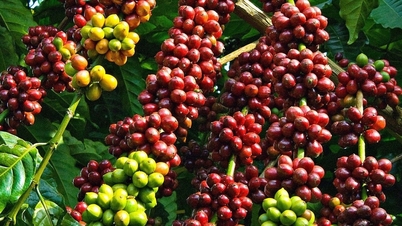

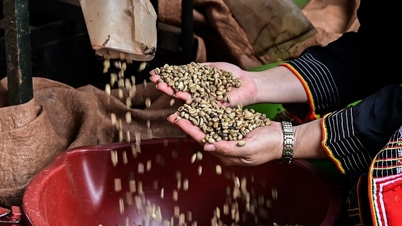
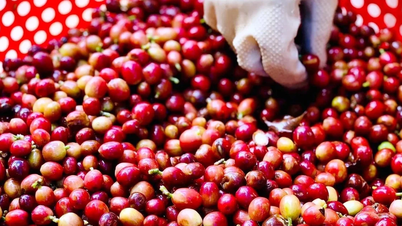




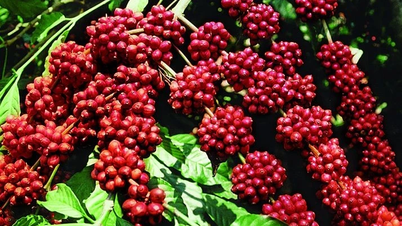




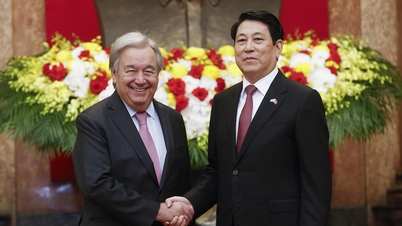







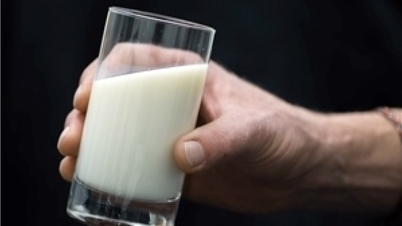








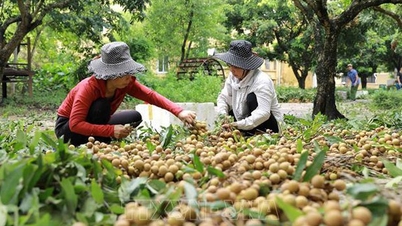






















































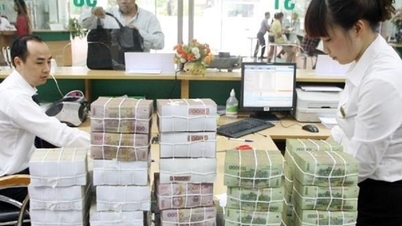

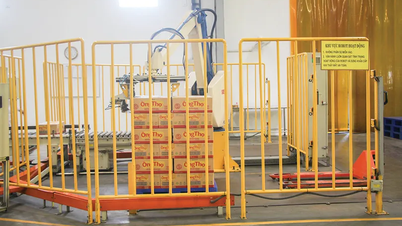


















Comment (0)